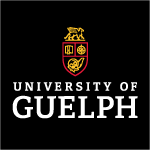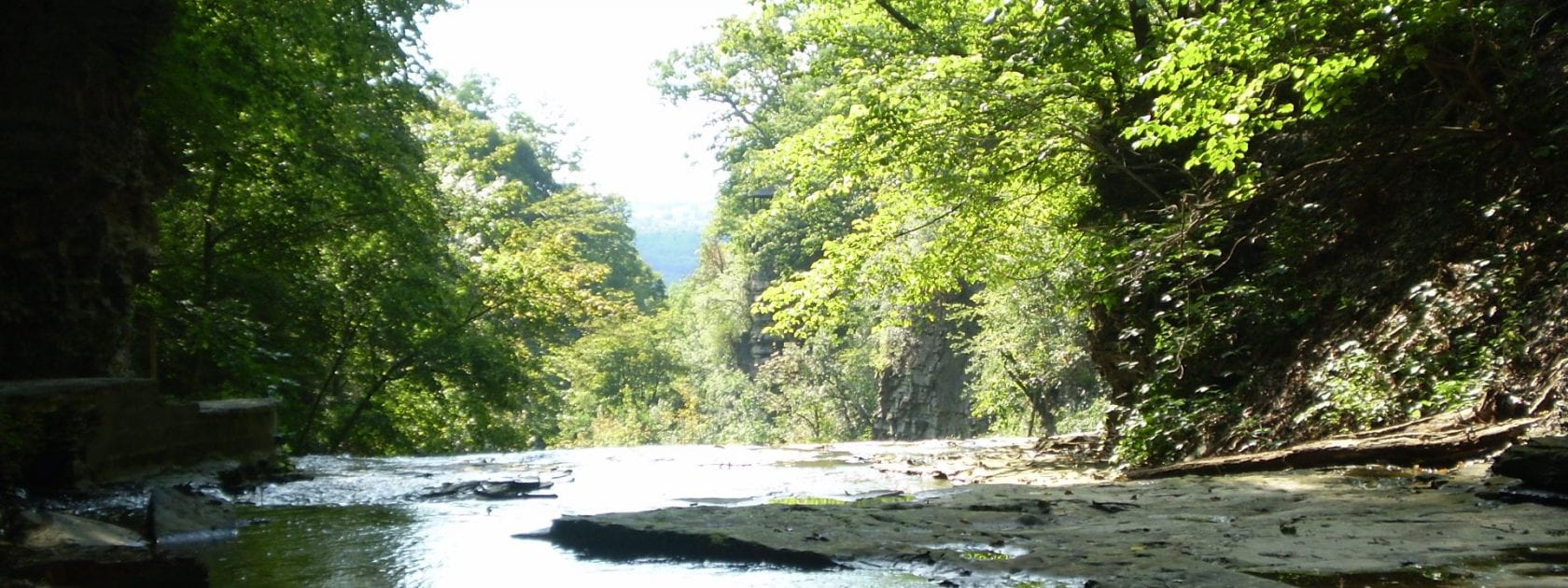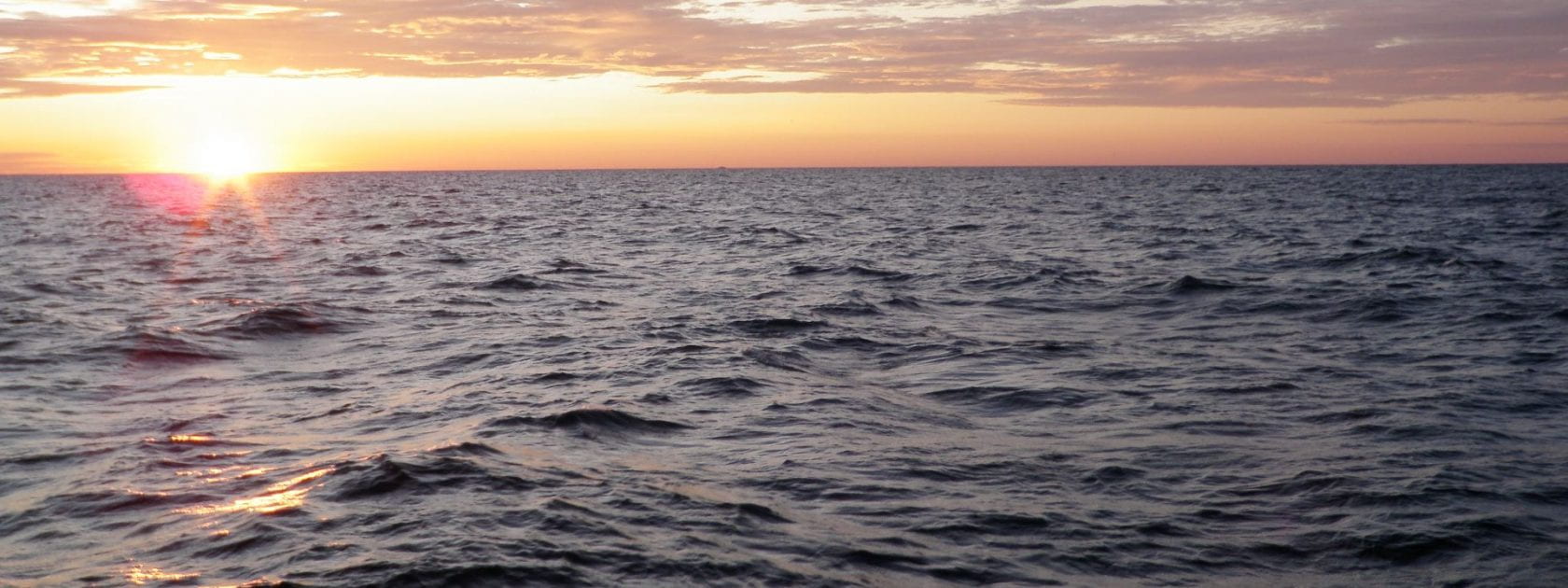Home
Physical Ecology (biomechanics or ecohydrology) is the interdisciplinary examination of evolutionary and ecological phenomena across taxa, populations, communities and ecosystems within a physical perspective. In our laboratory it involves the examination of the biology and ecology of aquatic organisms within their fluid environment, which is why we apply both ecological and hydrodynamic theories, models, and ideas in our research.
The ecological and evolutionary questions that underlie our research interests include the manner by which organisms have adapted to their physical environment, physical aspects of energy transfer through ecosystems, physical-biological linkages in aquatic ecosystems, and the convergent evolution of morphology. We have been fortunate to ask many of these questions within an applied context related to Species at Risk/conservation, industrial ecology, fisheries, forestry, and management.
We are currently examining the physical ecology of:
- Trophic interactions including photosynthesis and suspension feeding
- Reproduction including abiotic pollination and broadcast spawning
- Physical-biological interactions and larval fish recruitment
- Limnological processes involving hypoxia
- Hydrological processes involving benthic organisms
- Aquatic sciences including sediment/substrate-water interactions.
Our lab is actively involved in species and ecosystem conservation and recovery in southwestern Ontario involving unionid mussels, and hypoxia issues in the Great Lakes and their watersheds.
Please contact Dr. Joe Ackerman if you are interested in joining the lab.
Fall 2025: MSc and PhD Student Assistantships in Physical Ecology
Funding is available immediately to support MSc and PhD students in a project that aims to investigate (i) the role of turbulence on larval fish (Walleye) swimming, feeding and growth and (ii) ecosystem trophic interactions that relate to larval fish recruitment.
Additional opportunities for MSc and PhD students exist to work on (iii) the physical ecology of bivalve trophic dynamics and (iv) the physical ecology of aquatic plant productivity.



